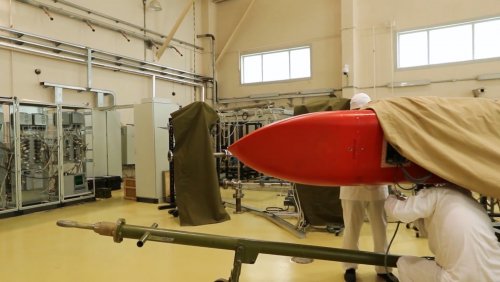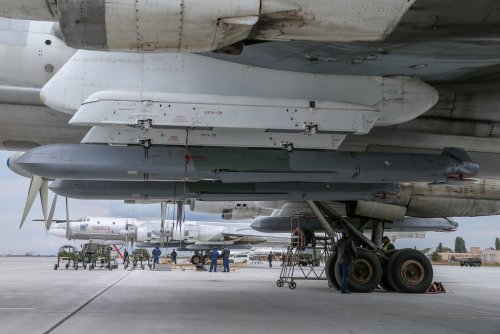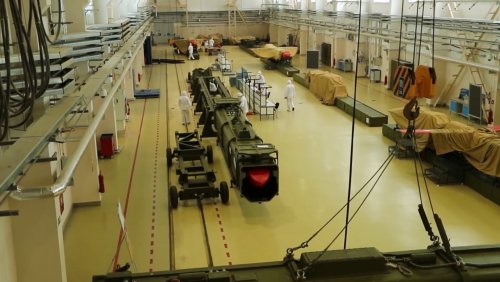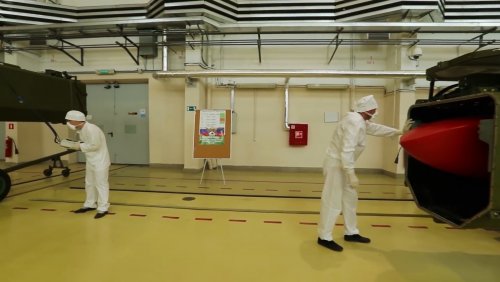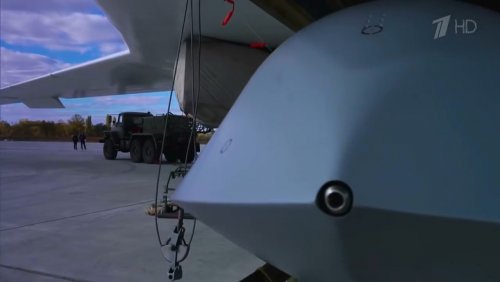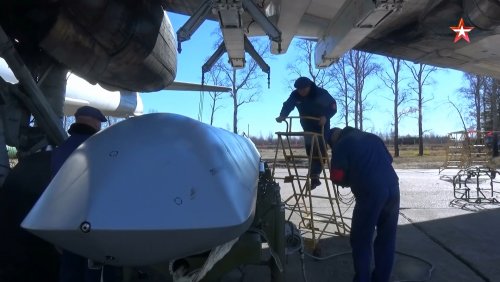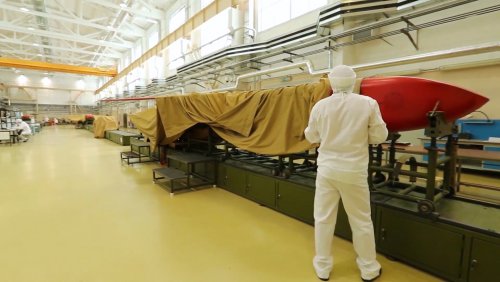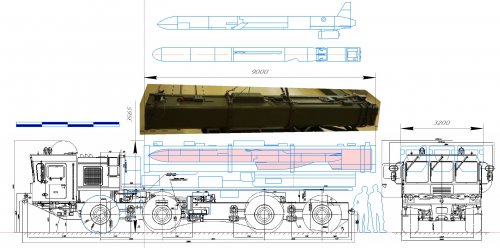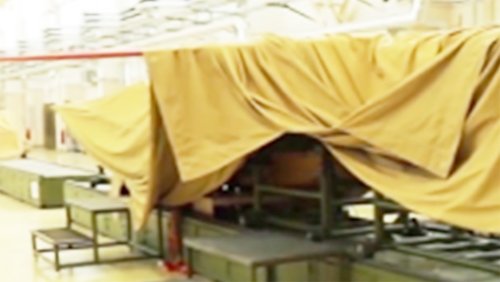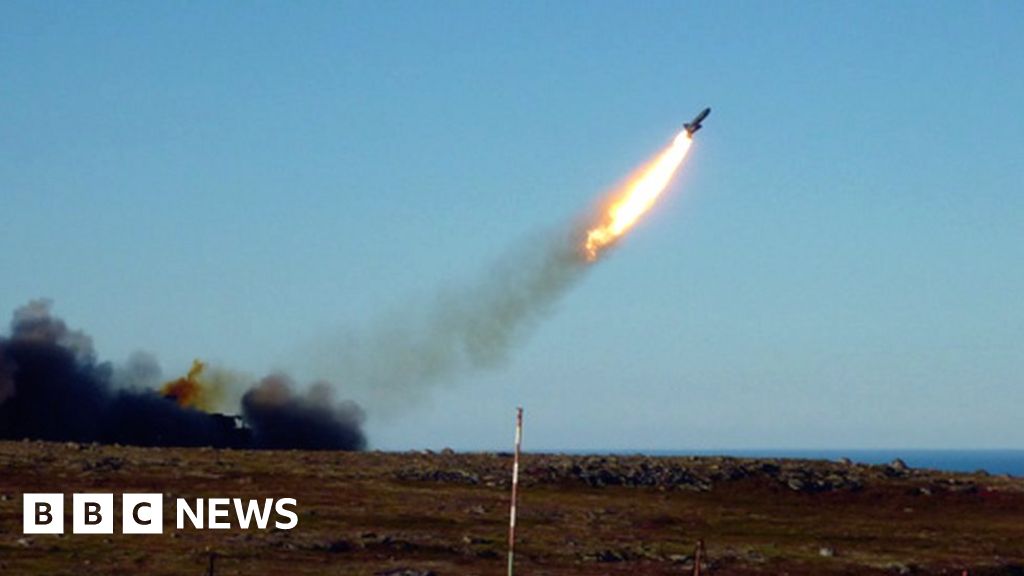antigravite
ACCESS: Top Secret
- Joined
- 25 April 2008
- Messages
- 836
- Reaction score
- 258
Re: 9M730 Burevestnik (SSC-X-9 Skyfall) cruise niclear-powered missile
You are right, again. My mistake… And the second in a row… Doing too many things those days… So, I took time to pause and look at he whole thing again.
For whichever reason, I focused on Buresvestnik and associated it with the "hypersonic" keyword in the article heading —and created the new topic that was moved here. But yes, it sounded a bit weird and as, noticed by Sferin, Buresvestnik did not quite look right for a hypersonic device. So... back at it again, I switched bak to "supersonic", wishfully thinking it were supersonic while recalling the unbuilt supersonic "Pluto" / "SLAM" nuclear propulsion missile projects. The actual plain truth it that it wasn't right either and looked like a subsonic cruise vehicle, which I really think it is.
Now you've got the whole process. Yes, I did not pay that much attention and I apologize for it. I should have waited a little instead of jumping i on the subject (I did not find the "Burevestnik" keyword on the forum, which is why I created the new topic, quite erroneously).
Thx to Flateric for kindly moving my posts here.
A.
flateric said:Article clearly depicts Avangard, Poseidon and Burevestnik as different weapon systems, neither I see mention of Burevestnik there as 'supersonic'.antigravite said:Staff Writers for Launchspace, "Russia's New Hypersonic Nuclear Weapon", 29 January 2019
http://www.spacedaily.com/reports/Russias_New_Hypersonic_Nuclear_Weapon_999.html
… was a catchy misleading news "article" confusing the Buresvestnik (supersonic) with Avangard (hypersonic)
A.
So I don't know why do you call article 'misleading'.
You are right, again. My mistake… And the second in a row… Doing too many things those days… So, I took time to pause and look at he whole thing again.
For whichever reason, I focused on Buresvestnik and associated it with the "hypersonic" keyword in the article heading —and created the new topic that was moved here. But yes, it sounded a bit weird and as, noticed by Sferin, Buresvestnik did not quite look right for a hypersonic device. So... back at it again, I switched bak to "supersonic", wishfully thinking it were supersonic while recalling the unbuilt supersonic "Pluto" / "SLAM" nuclear propulsion missile projects. The actual plain truth it that it wasn't right either and looked like a subsonic cruise vehicle, which I really think it is.
Now you've got the whole process. Yes, I did not pay that much attention and I apologize for it. I should have waited a little instead of jumping i on the subject (I did not find the "Burevestnik" keyword on the forum, which is why I created the new topic, quite erroneously).
Thx to Flateric for kindly moving my posts here.
A.

